The Peruvian capital is in a really great spot in the west-central part of South America, which makes it the region's top air travel hub. The old Lima airport, which opened way back in 1960 with the goal of handling 12 million visitors a year, was currently operating at 24 million visitors, twice its capacity!
For all these reasons, a new Lima airport was a priority for the country, and it is finally a reality! It will receive between 30 to 60 million travelers per year, and the visitors can come together, relax, and enjoy the extraordinary services, hotels, and facilities of the new air terminal, also called "Airport city". Last June 1 was inaugurated and already is cataloged by the expert the most modern airport in South America! Know more about this modern air terminal here!
The Lima airport city, unique in South America
But, what does "Airport city" mean? It is a new concept of airport that includes everything, hotels, restaurants, malls, police station, post offices, banks, in other words, a real city whose main protagonist is the airport. And Lima, the Peruvian capital, is the first one in South America to have one.
Its facility triples the size of the previous terminal and lifts its capacity to receive around 40 million passengers per year while introducing biometric e-gates in all areas and 3-D scanners in the baggage check area. The hub keeps the IATA code LIM Airport and aspires to match regional giants such as Sao Paulo and Bogota by 2030.
Lima Airport Partners, German management at the new airport
Since its inauguration in 1960, the Lima airport, like the other Peruvian airports, was operated and managed through the Peruvian Airports and Commercial Aviation Corporation CORPAC, until 2000, when the airport was privatized to the private company Lima Airport Partners, LAP.
LAP is a private consortium formed by Fraport AG (80%), the German airport company that owns Frankfurt am Main Airport and other international airports, and the World Bank's International Finance Corporation (20%).
In this way, German management has positioned the Jorge Chavez airport as one of the best in South America over the years. Specifically, LAP invested more than US$2 billion in the new airport in the capital of Peru.
Who was Jorge Chavez?
The Lima airport has an official name, "The new Jorge Chavez International Airport". It is because Jorge Chavez was a Peruvian aviator and pioneer of global aviation, considered a national hero. Born in Paris in 1887 to Peruvian parents (Peruvian by heritage), engineer and aviator, he made the first aerial crossing of the Alps, departing from Ried-Brig, Switzerland, on September 23, 1910, and arriving after one hour in Domodossola, Italy, achieving the feat. However, 20 minutes before landing, due to a gust of wind, his plane nosedived, and he died four days later. His name has gone down in history, and Peru's main airport is named after him.
Lima airport architecture & services
The new terminal has 5 levels. Each of the plants fulfills a specific function and redistributes the airport's load capacity, making it more efficient. Beyond the tiered layout, the new Jorge Chavez airport delivers 46 jet bridges (expandable), free high-speed Wi-Fi, nursing suites, quiet rooms, artwork inspired by the Nazca hummingbird, and an air-rail link planned for 2028. Shops range from local coffee roasters to flagship luxury brands, and a 24/7 medical clinic stands beside the central atrium.
Basement level
The underground floor hosts essential airport operator (LAP) functions: baggage–handling belts and a central monitoring and security cameras installed in the public areas of the airport's five levels.
Outside the terminal, you'll find utilities like staff parking, besides secure corridors linking the airport to its second runway and a new 70-metre control tower.
First level
Or the arrivals area. Passengers from national and international arrival flights at Jorge Chavez airport enter here. Facilities include six automated baggage carousels, immigration counters for national and international arrivals, customs control, safety monitoring centers, and arrival gates for domestic and international flights. The area also has waiting rooms for family members or friends waiting for their loved ones.
Outside the terminal, there is the controlled route; this is a track for LAP’s authorized taxis, taxis VIP, official buses, and shuttles of the 5-star hotel located inside the airport, intending to pick up newly arrived passengers. Passing the controlled route and an elevator that takes us to the second level, we’ll find the parking zone where we will have differentiated areas, parking for short stays, for short stays for motorcycles and car rentals, for private buses, for long stays, and for public transport buses.
Second level
Level 2, branded Peru Plaza, acts as the heart of the terminal. Passengers and visitors will find duty-free corridors, markets, handicraft stores, ice cream shops, a bank office, Peruvian-themed eateries, and currency exchange. This floor is an entertainment area while waiting for the departure of your flight or while waiting for the arrival of your loved ones. There is also a connection lobby where escalators lead to the first floor to give welcome your family and friends, and another to lead to the third level to take your flight.
Outside the terminal at this level, outside the terminal at this level, you will find the boulevard, a walkway with benches and two 5 and 3 star hotels on either side, with more dining options to open soon. Passing the boulevard, you will find the freeway, a lane where taxis without LAP authorization can enter to pick up or drop off passengers, with a 10-minute stay period. Additionally, public transport buses, Aerodirecto, can enter this lane to pick up or drop off passengers.
Third level
Or the departure level. Departing passengers check in on Level 3. This floor gathers the 100+ airline counters, all of them are Check In self-service kiosks, oversized bag self-service drop, and TUUA airport-tax desks. In addition, the zone is completed by a little gastronomic zone called "Perusuyo" and some luxury store counters like Swarovski.
The departure gates of national flights are on the right-hand side and the international flight ones on the left-hand side.
Passing the zone of the hand luggage check-in area with the most modern scanning equipment in South America, you'll find domestic and international immigration halls. Finally, a panoramic commercial concourse encircles the checkpoint with 360-degree duty-free stores and restaurants. After that, you'll have to locate your departure room:
- A: All departure rooms with this letter attend national flights and are located on the right side of the terminal.
- B: The departure room with this letter indicates that you will transfer first by bus to your plane, located a few meters from the terminal.
- C: All departure rooms with this letter attend national and international flights and are located on the center side of the terminal.
- D: All departure rooms with this letter attend only international flights and are located on the left side of the terminal.
Outside, the passenger will find a free entry car lane. All the private cars and taxis will be able to enter the terminal through this route, and drop their passenger off at the same gate of the third level.
It's worth mentioning that transportation using this route will have a maximum of 10 minutes to drop off passengers and leave the terminal. After this time, LAP may charge a fine of up to $22.
Fourth level
The top floor shelters premium lounges, a protocol room for official state trips, and an events terrace overlooking the parallel departing flight runways. You can also find rooms with cabins to sleep and rest between connections. All VIP areas have direct boarding-bridge access on the third level, allowing seamless movement from the lounge to the gates.
Where is the new Jorge Chavez airport?
The terminal sits 12 km (7.5 mi) northwest of Lima’s historic center at Av. Morales Duarez km 2, Callao. Although built on adjacent land to the original airport, all road access now funnels through a single modular bridge over the Rimac River.
How to get to the new Lima airport?
AeroDirecto buses
These are public transportation buses that enter free to the terminal. Through five city routes link Miraflores, Los Olivos, downtown Quilca, and coastal Callao districts to a curb directly outside the second level. Let's remember that this is the welcome level of the terminal, where people are distributed to the first level (reception of passengers) and the third level (departure zone). Fares run is 1.5 $ USD and services operate 05:30–22:00. This service is destined, but not exclusive, for Peruvian and national travelers.
Airport Express Lima
These are hourly buses from/to Kennedy Park in the Miraflores district, the most touristic point of Lima. The service includes comfortable and wide seats, open Wi-Fi, and no luggage limit, compared to the AeroDirecto. This service is more exclusive and more expensive, around USD $5 per person.
Ride-hailing & authorized taxis
Dedicated free lanes ascend to Level 3 for drop-off for a time of 10 minutes. The public parking occupies Level 1. We recommend using taxi apps and agree on the price of a taxi before taking one heading to the airport.
Metro Line 2
A station named “Aeropuerto” opens in 2028; ironically, beside the ancient terminal. Therefore, the construction of a monorail connecting the airport station to the new terminal is planned.
Last recommendations
- Timing: Arrive at least 3 h before international and 2 h before domestic flights, then add the extra 1 hour buffer now suggested by the traffic in the only access to the airport; Av. Morales Duarez.
- Check your terminal: Confirm your airline’s desk row as soon as you arrive at the terminal. There are screens with updated flight information, including departure time and departure gate. Additionally, LAP offers a live WhatsApp chat via QR code scanning, providing you with all your flight details in real time.
- Monitor traffic: Rush-hour drives from Miraflores or San Isidro (Where most hotels and Airbnb are located) can exceed 90 minutes because Av. Morales Duárez, the unique way to the terminal, is still only two lanes each way.
- Leverage technology: Use airline apps for mobile boarding passes and use automatic bag-tag printing to shorten queues.
Keep local currency: TUUA fees and AeroDirecto tickets accept credit cards, yet small Soles (the local coin) notes speed up any backup cash payments.
With thoughtful planning, travellers will experience a faster, passenger-centred journey through the flagship Jorge Chávez International airport, cementing Lima’s role as a strategic aviation gateway on the Pacific rim.

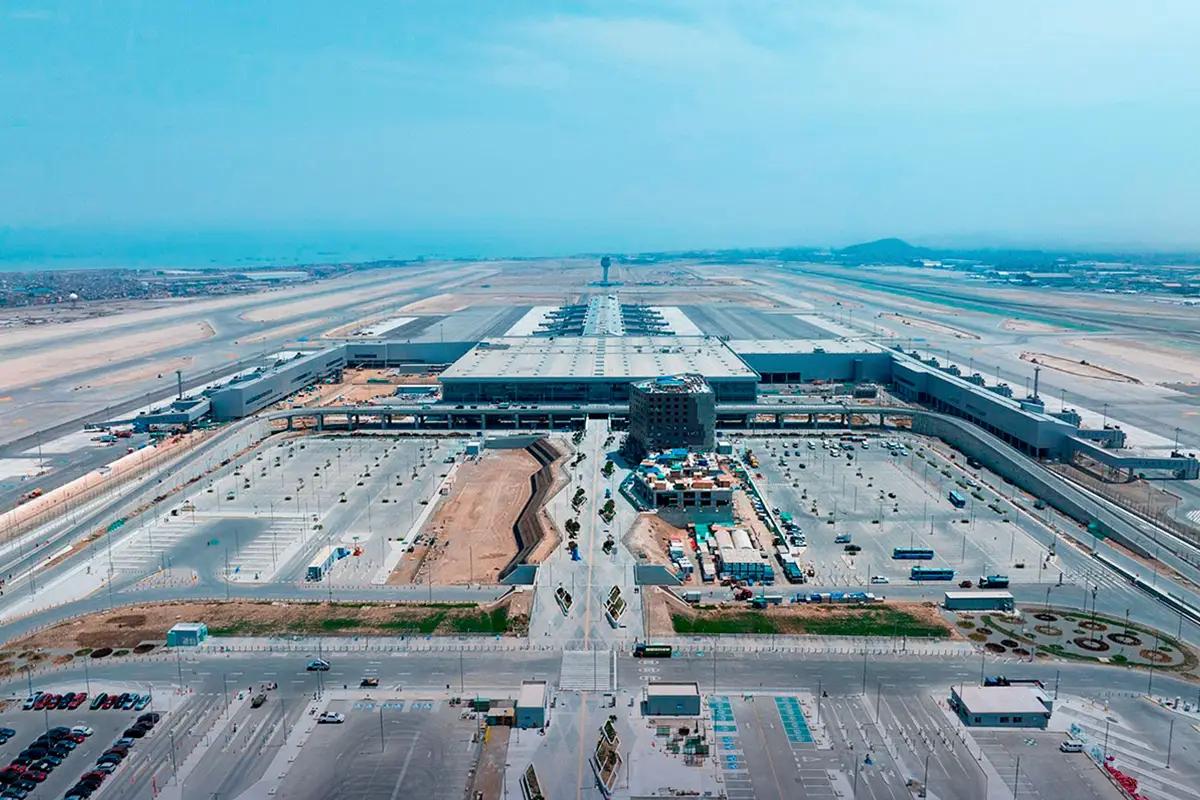

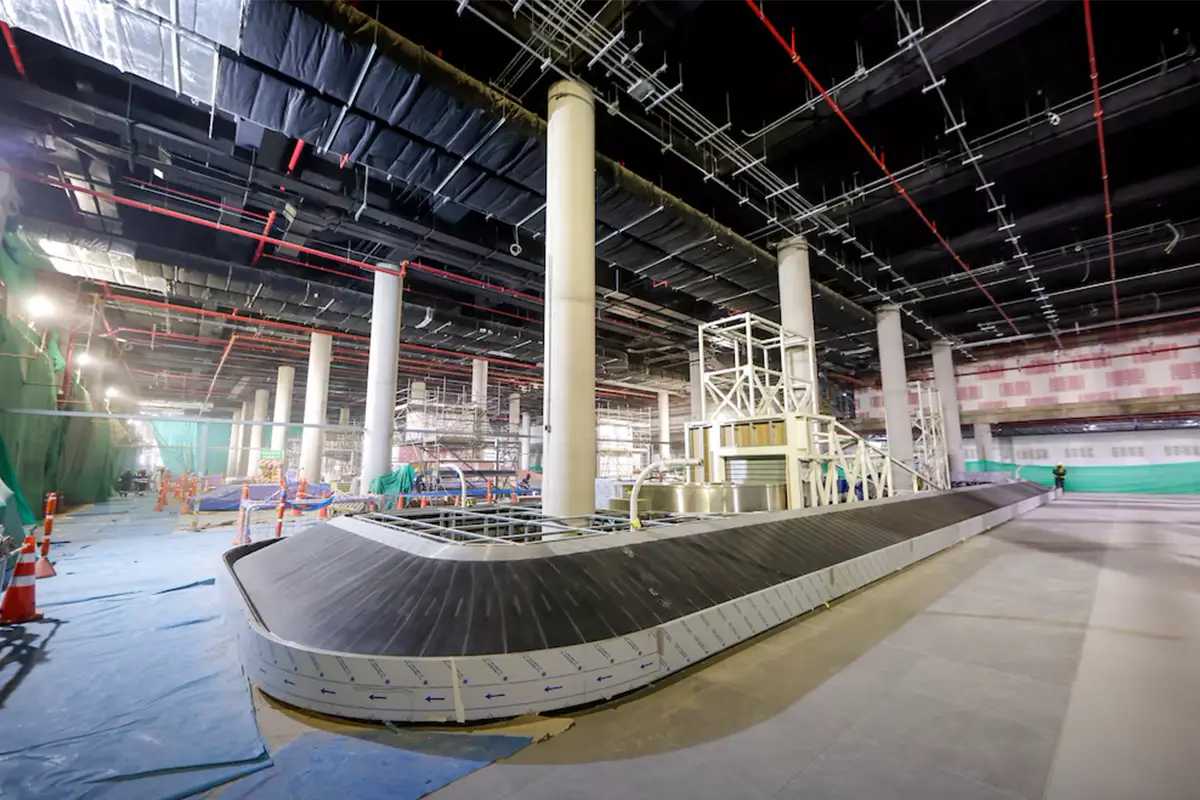
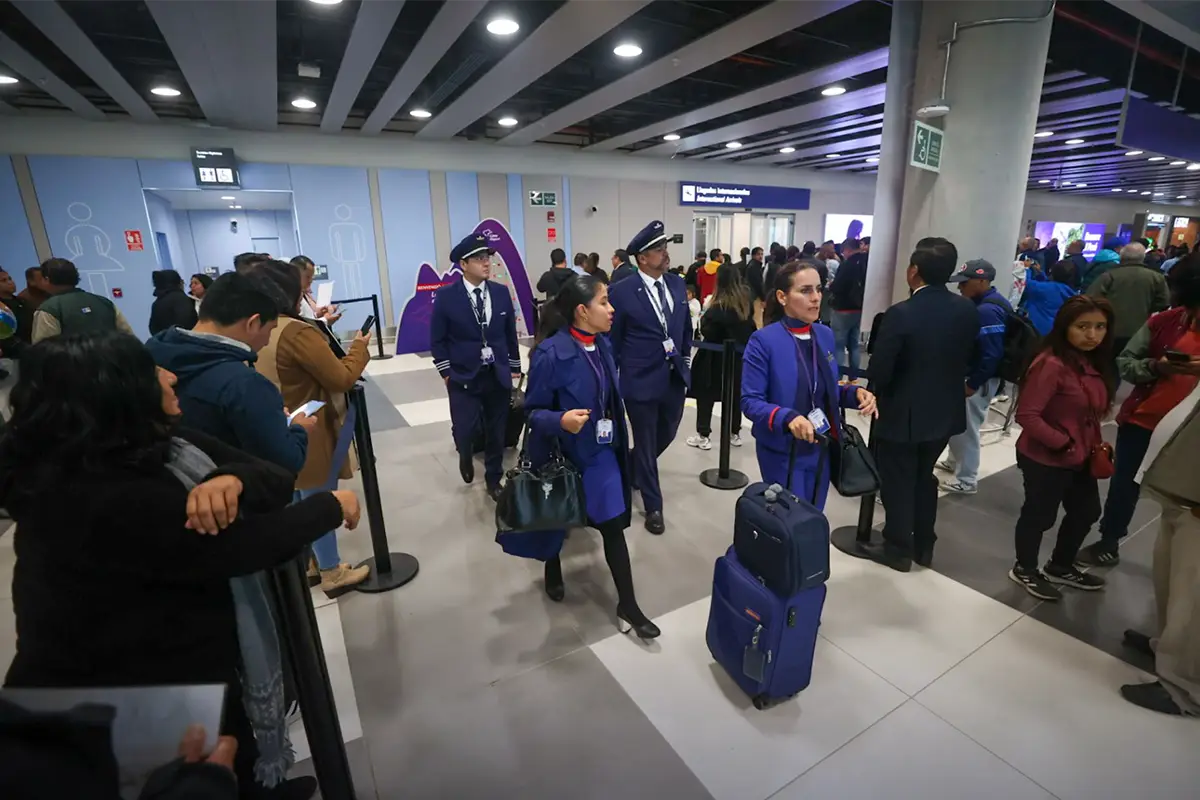
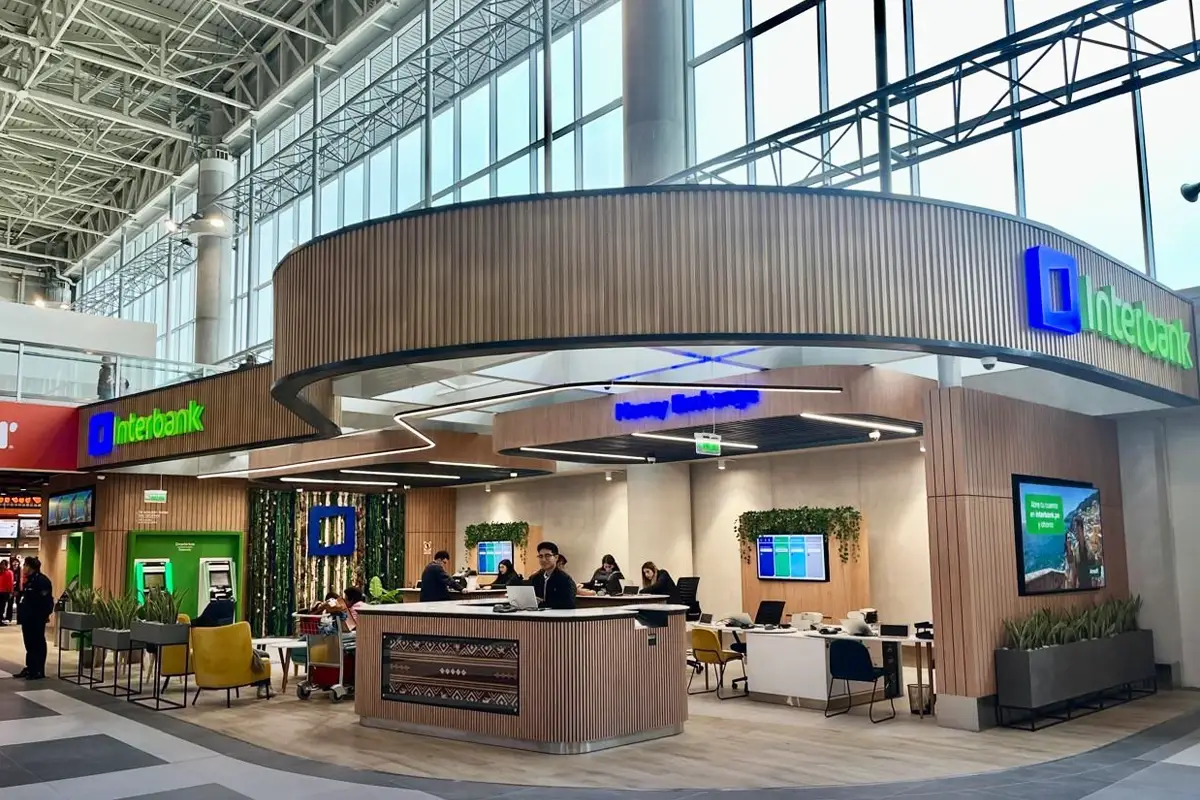

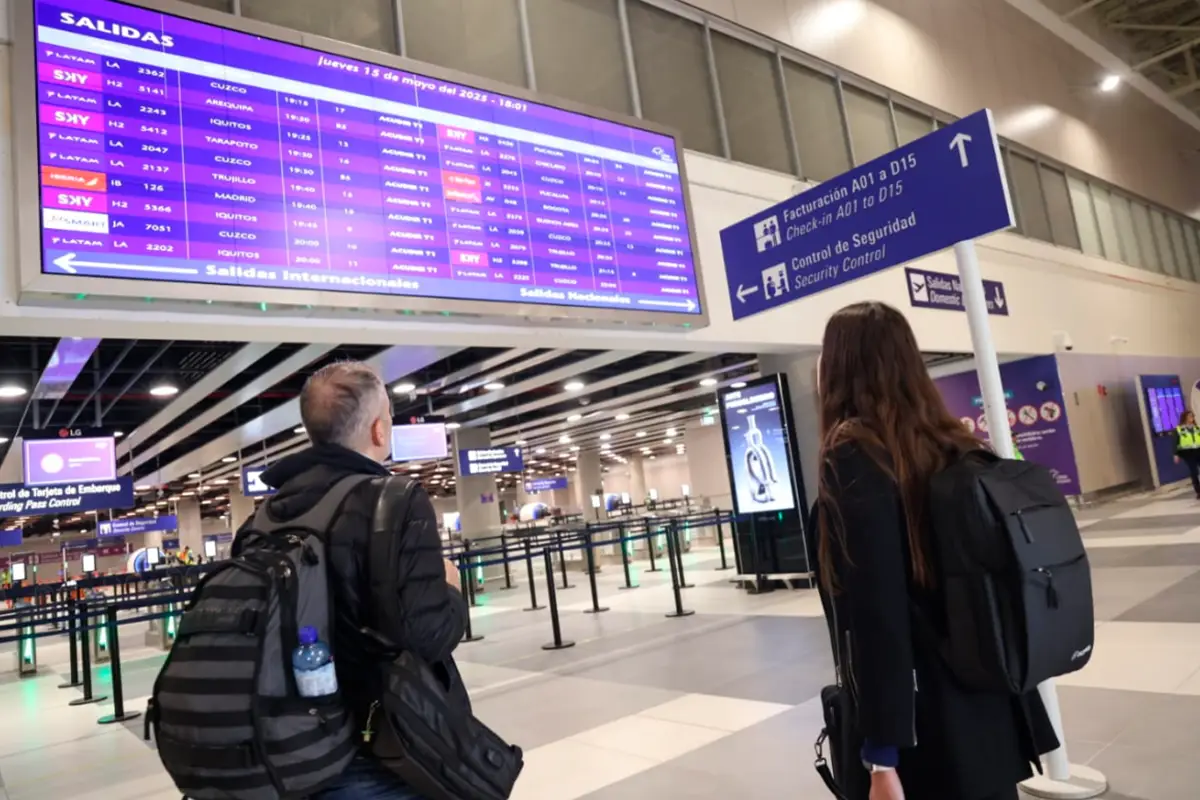
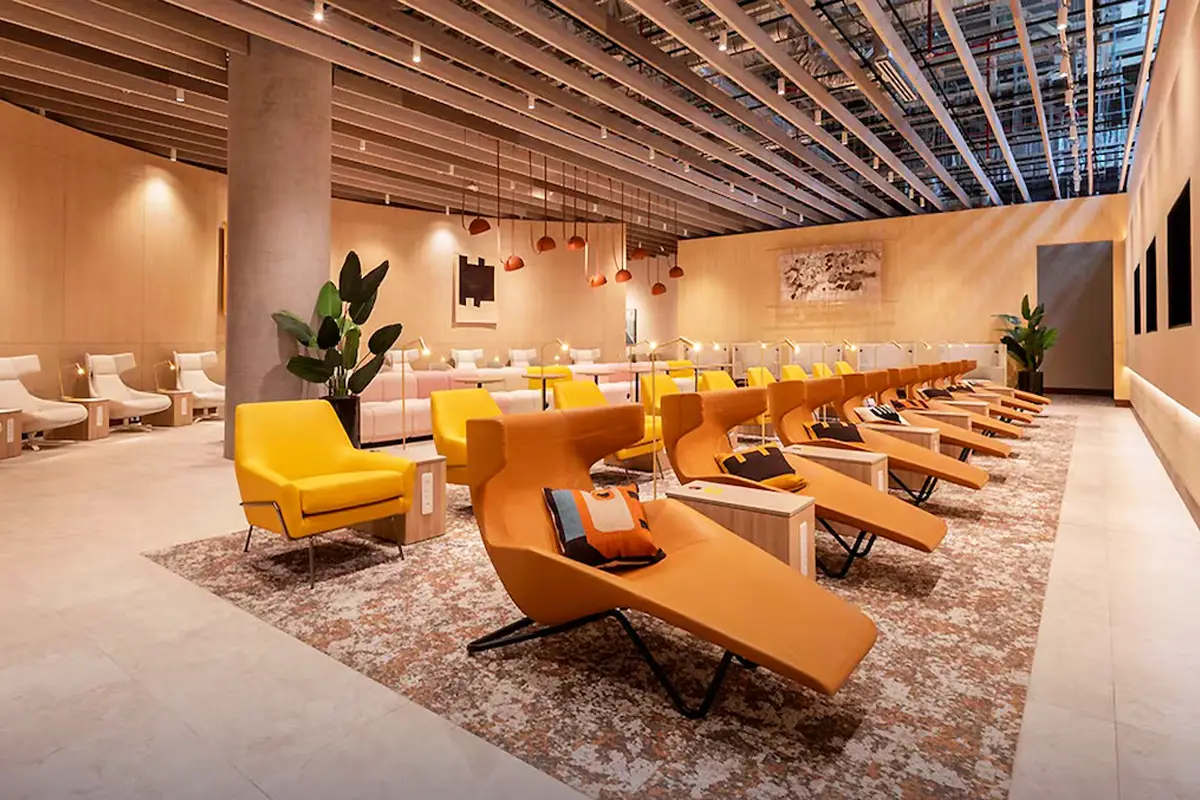
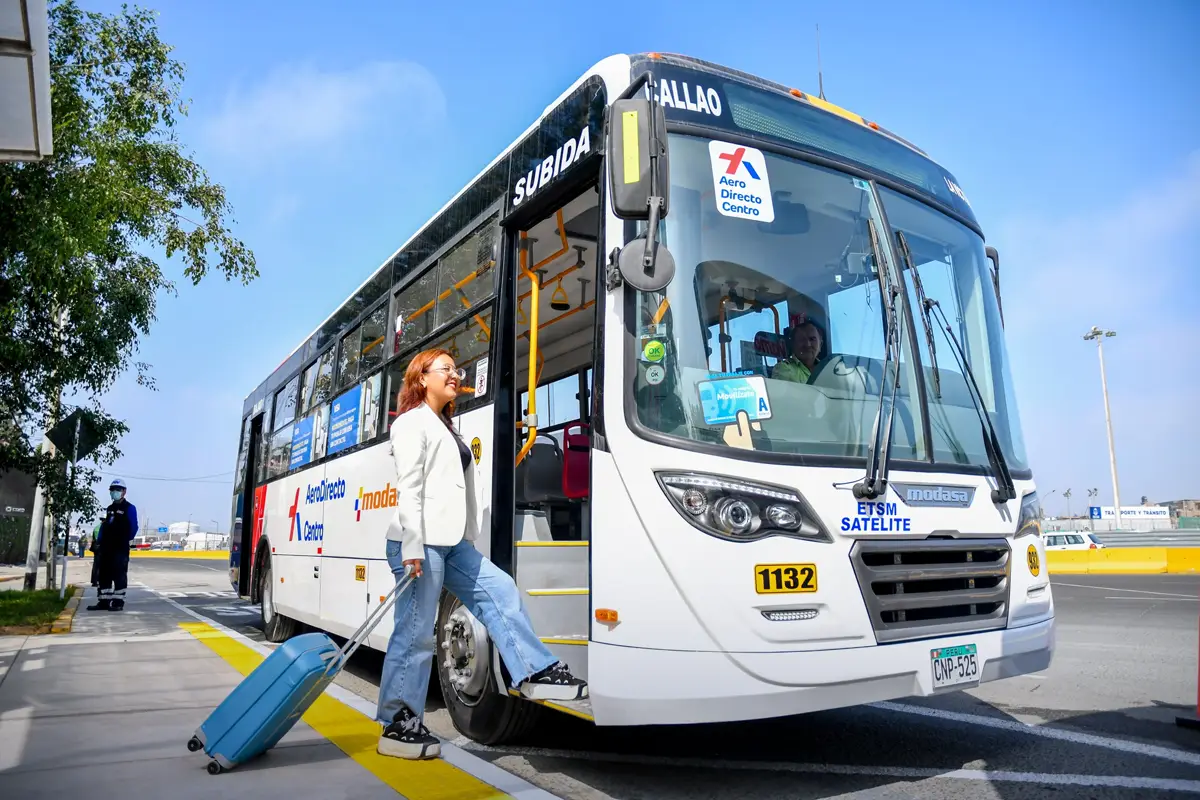
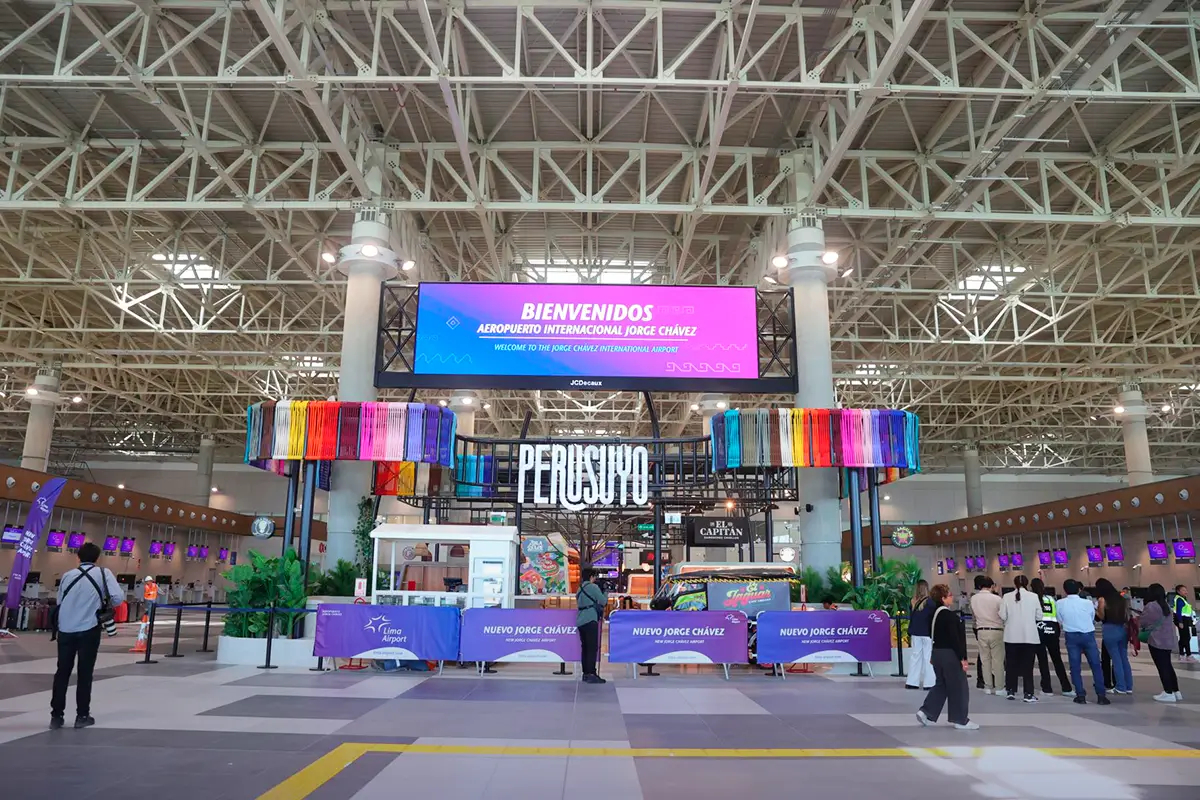
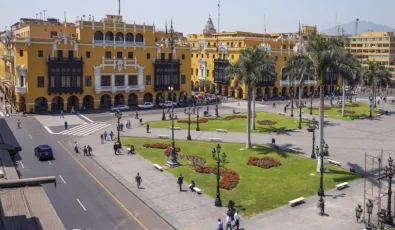

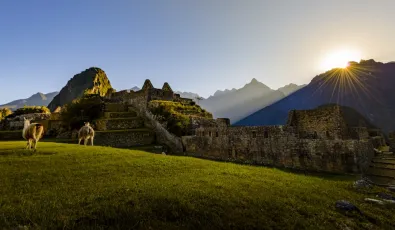
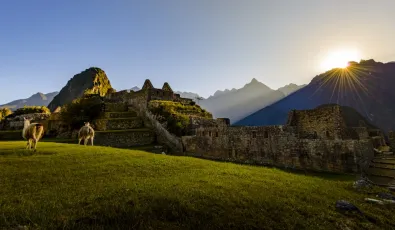


Add new comment